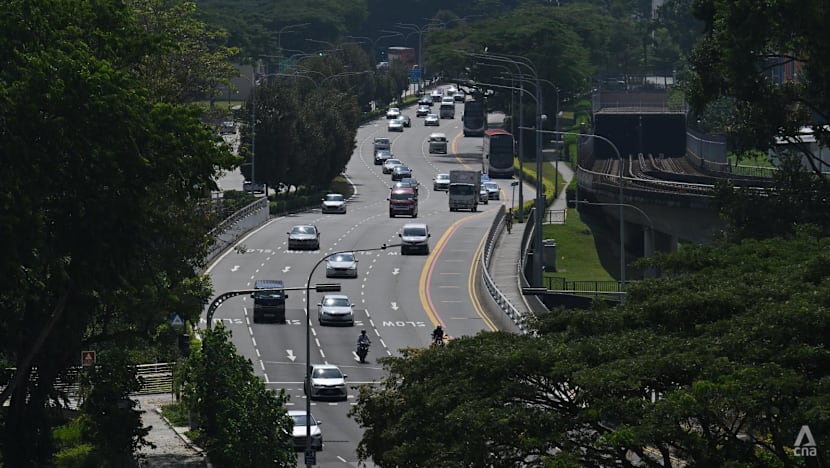Category A COE falls further to S$85,000; premiums for larger cars back up

Vehicles on a road in Kallang, Singapore. (File photo: CNA/Jeremy Long)

This audio is generated by an AI tool.
SINGAPORE: Certificate of Entitlement (COE) premiums for smaller cars dropped further in the latest bidding exercise on Wednesday (Nov 22), while premiums for larger cars and Open Category vehicles climbed back up.
This came after prices fell across the board in the last tender, following an increase in the quota for the quarter.
Premiums for Category A cars, or those 1,600cc and below with horsepower not exceeding 130bhp, closed at S$85,001 (US$63,446), down from S$95,689.
Premiums for larger and more powerful cars in Category B rose to S$135,336 from S$110,001. Open category COEs, which can be used for any vehicle type but end up being used mainly for large cars, also went up to S$135,002 from S$125,011.
COEs for commercial vehicles, which include goods vehicles and buses, fell to S$73,889 from S$78,001 in the previous bidding exercise.
Meanwhile, motorcycle premiums closed at S$10,001, down from S$10,889.
A total of 3,912 bids were received, with a quota of 2,459 COEs available.
Premiums for all car categories had reached record highs in October, with COE prices hitting S$150,001 in Category B and S$158,004 in the Open Category.
Acting Minister for Transport Chee Hong Tat said earlier this month that more COE quota will be brought forward from peak years to fill the current supply troughs while maintaining Singapore's zero-vehicle growth policy.
Currently, Categories A, B and C face a “tight supply situation” because many of the existing vehicles have not reached the end of their COE lifespan and are not due for deregistration, Mr Chee explained in parliament on Nov 6.
But he said the COE supply for these categories will increase significantly from the second half of 2024 before reaching the peak supply years from 2026 to 2027.















